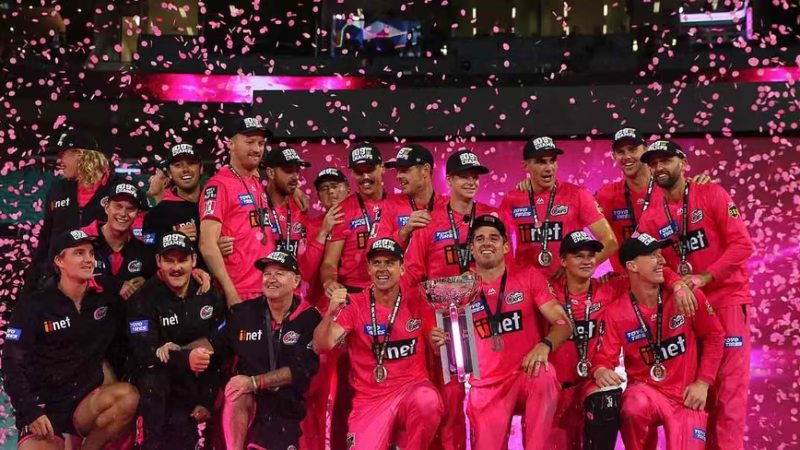ICC Mulls Overhauling ODI Format: Two-New-Ball Rule Under Review to Rebalance Bat-Ball Equation

In a significant development that could redefine the landscape of One Day Internationals (ODIs), the International Cricket Council (ICC) is reportedly considering the removal of the two-new-ball rule in a bid to bring back the balance between bat and ball.
As per reports, the ICC Cricket Committee, chaired by former Indian captain Sourav Ganguly, has put forth a recommendation to return to using a single white Kookaburra ball throughout the 50-over innings. The proposal will be reviewed by the ICC Board of Directors on Sunday in Harare.
The Problem With the Two-Ball Rule
Introduced over a decade ago, the two-ball rule has allowed innings to begin with two fresh white balls—one from each end. While this has preserved the hardness and shine of the ball for a longer period, it has also drastically limited reverse swing opportunities and significantly reduced the impact of spin bowling.
Critics argue that the rule favors batters too heavily, especially when coupled with modern batting techniques and fielding restrictions that allow only four fielders outside the 30-yard circle for the bulk of the innings.
Indian cricket legend Sachin Tendulkar has been one of the most vocal opponents of the rule, frequently highlighting how it dilutes the challenge for bowlers, particularly in the latter half of the innings.
“There’s hardly any reverse swing anymore. And the spinners hardly get any purchase,” Tendulkar said in a past interview. “That’s not how ODIs should be played.”
The Proposed Change
The ICC committee’s new recommendation involves a hybrid solution:
- Two new balls can still be used at the start of each innings, one from either end.
- However, at the 25-over mark, bowling teams would have to choose one of the two balls to continue with for the remaining overs.
- This allows for some ball wear and tear—reintroducing the possibility of reverse swing—while also maintaining the original intent of the rule.
This could lead to a ball being used for 37–38 overs, compared to the current maximum of 25 overs per ball, which is often insufficient for creating significant wear.
Additional ICC Discussions: Timed Overs & U19 Format Shift
Besides the ODI changes, the ICC is also set to deliberate on implementing a time clock in Test cricket, with teams required to bowl each over within 60 seconds to ensure that 90 overs are completed per day. This follows increasing criticism over slow over-rates in Tests, which often lead to reduced playing time.
Moreover, the U19 Men’s World Cup could also see a drastic format shift. The ICC is considering reducing match lengths from 50 overs to T20s to mirror the structure of modern franchise leagues and better prepare young cricketers for the fast-paced demands of contemporary cricket.
What’s Next?
All these recommendations are expected to be discussed during the ongoing ICC Annual Conference in Harare, Zimbabwe. If approved, these reforms could drastically modernize ODI and youth cricket, possibly reshaping the way future generations engage with the game.
Stay tuned for more updates as the ICC decides the fate of the white-ball game.



